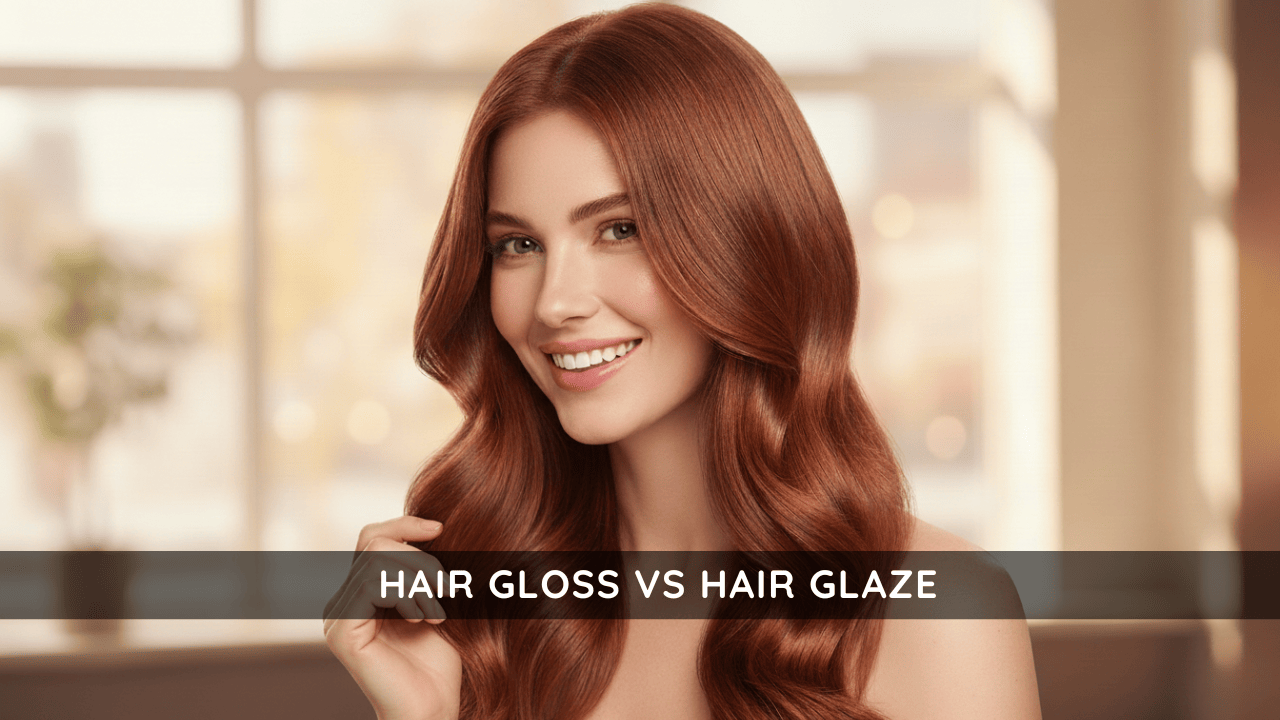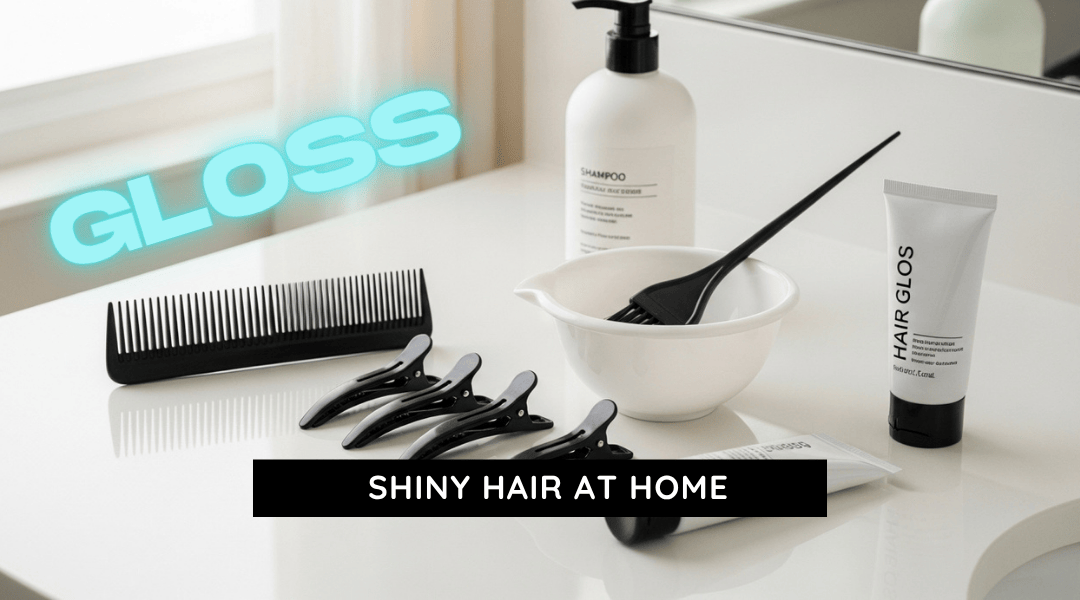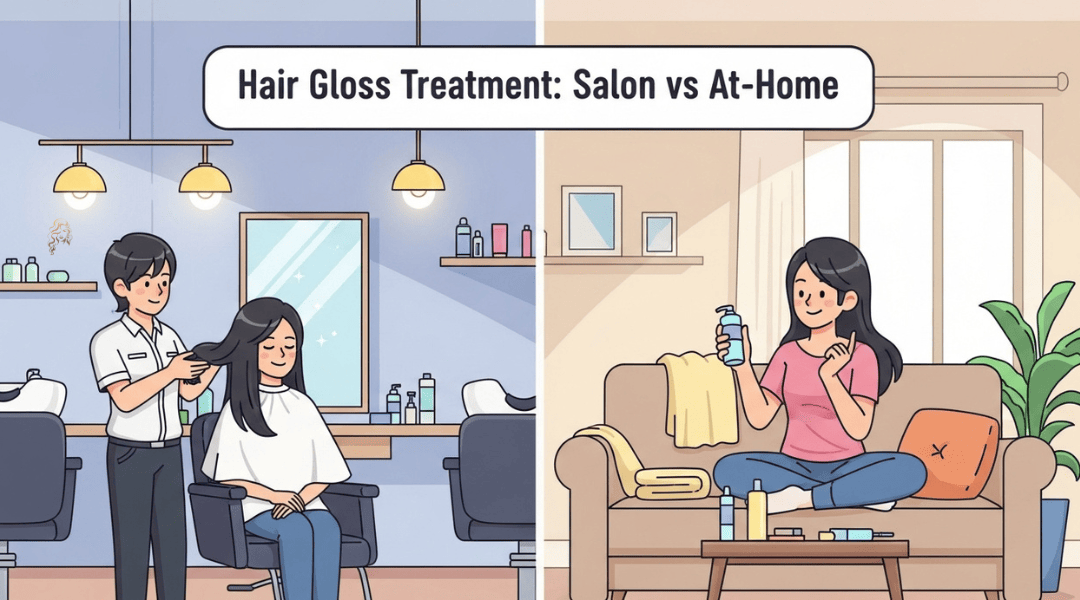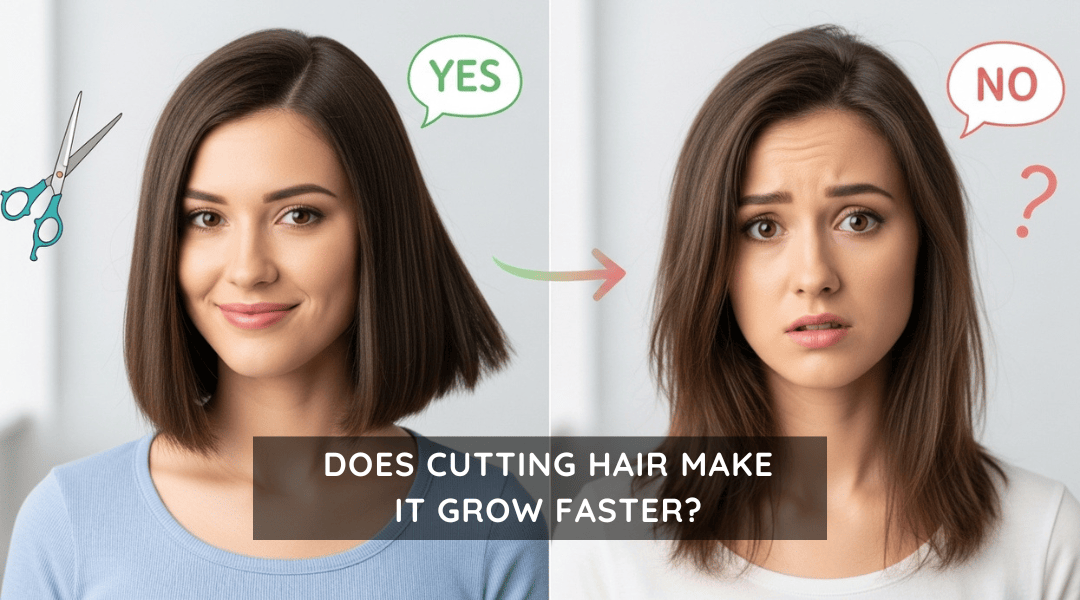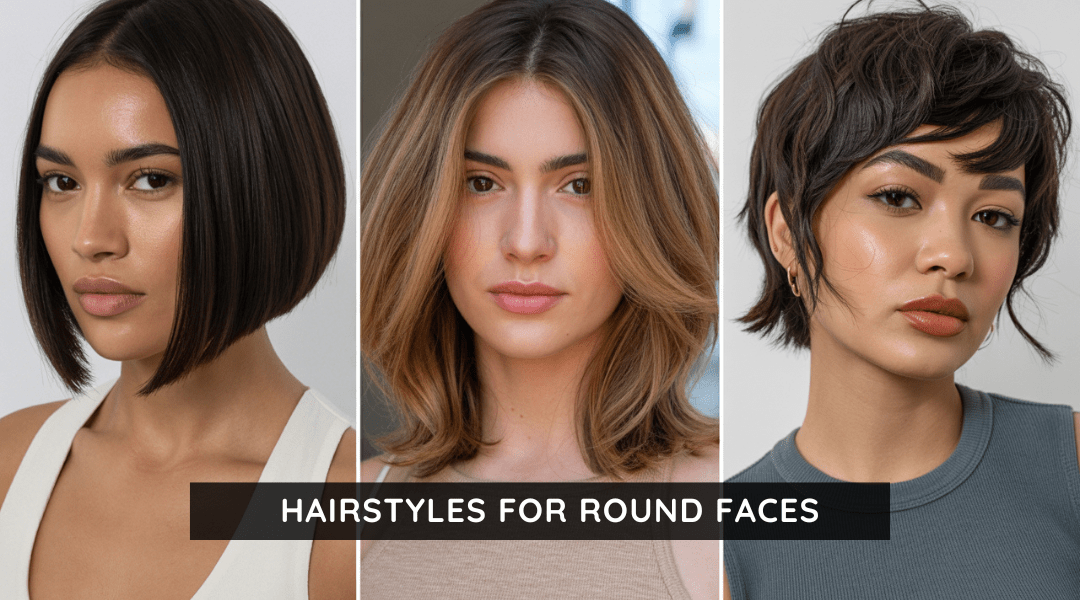- Diffuse/front thinning and want softer coverage.
- Comfortable with trims every 2–3 weeks.
- Curtain or side-swept usually give best camouflage and perceived fullness.
Thin Hair and Bangs: Should You Get Them? A Clear, No-Fluff Decision Guide
- Written by: Talia Brooks
- Reviewed by: Riley Lane
- Updated: October 5, 2025
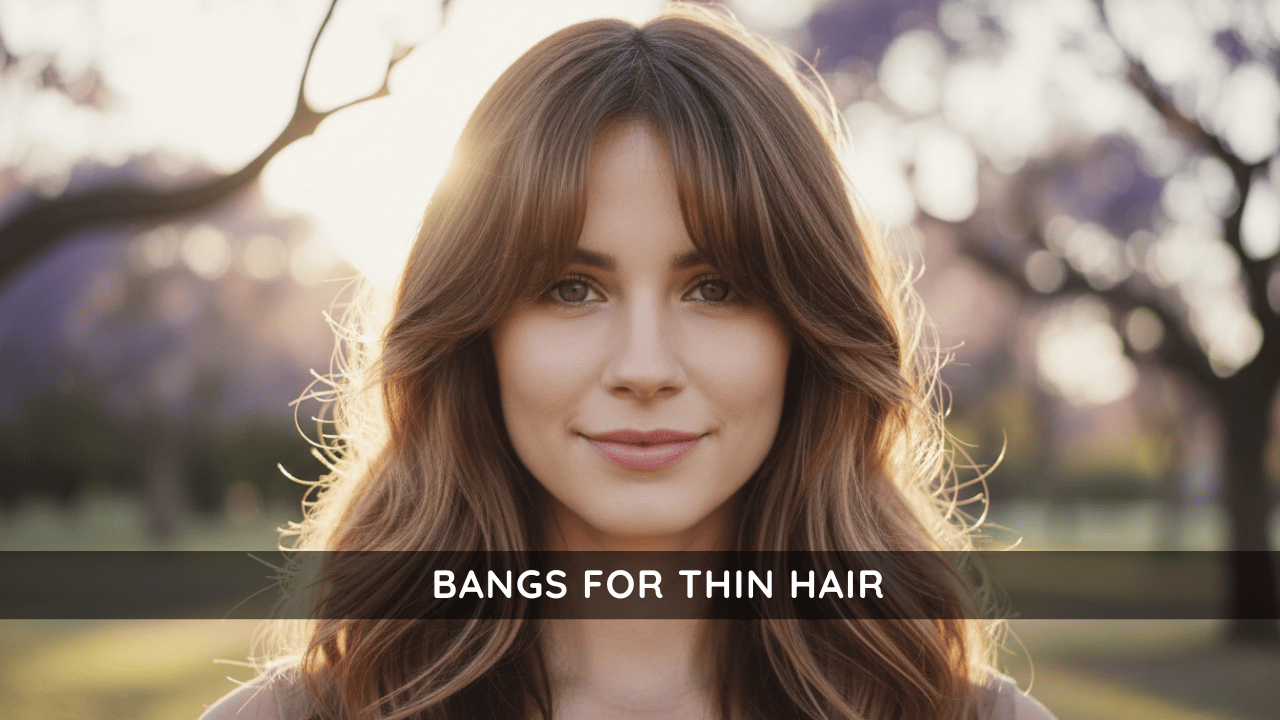
Thin hair with bangs can be a win or a headache. This guide helps you decide fast: coverage potential, upkeep cost, and when to skip the cut. Read the TL;DR, then jump to what you need.
TL;DR
- Yes, bangs can help: a soft fringe can camouflage diffuse/front thinning and soften a receding hairline when cut strategically (curtain or side-swept).
- They boost perceived fullness: the “thicker” look is an optical effect, not extra strands.
- Maintenance reality: expect trims every 2-3 weeks; thin/fine fringes commonly go oily/flat by midday without light-touch upkeep.
- Skin & scalp note: forehead acne can be aggravated by oil/product transfer; keep skin and fringe clean.
- Safety screening: sudden shedding or patchy loss = see a professional first.
60-Second Fit Check (Quiz)
Diagnose terms in 1 minute
- Thin hair = fewer hairs per square inch (density), not strand width.
- Fine hair = smaller strand diameter (texture), regardless of count.
- Thinning (diffuse/front) = reduced density across the scalp or at the hairline/part.
Tip: answer all 8 for the most accurate result. Your result appears in a table below.
Pros & Cons at a Glance
| Factor | What You’ll Notice | Why It Happens | Mitigation |
|---|---|---|---|
| Coverage / Camouflage | Softer look at the hairline; less visible diffuse/front thinning. | Bringing hair forward (curtain/side-swept) masks sparse areas. | Favor curtain/side-swept over heavy blunt to keep coverage. |
| Perceived Volume / Texture | Hair looks “thicker” around the face. | It’s an optical effect from distribution, not more hair. | Keep the look light; avoid heavy lines that expose gaps. |
| Face-Framing | Features feel more balanced; softer outline. | Face-framing fringes (curtain/side-swept) redirect attention. | Stay in soft families to avoid harsh, gap-revealing edges. |
| Midday Oil / Flat | Fringe separates or collapses without a quick reset. | Forehead oils and product residue weigh thin/fine fibers. | Plan light daily resets; avoid heavy styling buildup. |
| Trim Cadence / Time Cost | Needs frequent shaping to sit right. | Fringes grow through the line quickly. | Budget trims every 2–3 weeks. |
| Traction / Heat Risk | Breakage or long-term hairline stress with tight or high-heat habits. | Chronic tension (tight headbands/updos) and excessive temperatures. | Prefer loose accessories; keep heat ≤ 180–190°C (356–374°F). |
| Skin Contact / Acne | Forehead breakouts when hair/product meets skin. | Oil, sweat, comedogenic products increase congestion. | Cleanse fringe/skin daily; keep styling light. |
Reality check: Bangs change perception, not density. The fuller look comes from how hair is distributed and framed, not from more hair growing in.
Who Should/Shouldn’t Get Bangs
- Strong cowlicks can split a blunt line — textured or curtain styles behave better.
- If you wear glasses, side-swept/curtain frames tend to play nicer with lenses.
- Very oily/sweaty forehead or active seborrheic dermatitis → fringe can be uncomfortable and flare-prone.
- Tight/constant accessories raise traction risk at the hairline.
- Good fit
You’re dealing with diffuse/front thinning and want softer coverage; you’re comfortable with a 2–3 week trim rhythm. Curtain or side-swept typically deliver the best camouflage and perceived fullness. - Proceed with caution
A strong cowlick can split a blunt line; textured/curtain behaves better. If you wear glasses, side-swept/curtain tend to frame without fighting the frames. - Probably not ideal
Very oily/sweaty foreheads or active seborrheic dermatitis can make a fringe uncomfortable and flare-prone; tight/constant accessories raise traction risk at the hairline.
At-a-Glance Styles Snapshot
Curtain
Curtain bangs bring more hair forward for a softer line that camouflages front/diffuse thinning while creating a fuller frame around the face. They’re widely used for perceived thickness at the hairline and sit comfortably in a decision-first approach: coverage first, then finish. They also offer a smoother grow-out path than most fringes, blending into face-framing layers over a few months.
Side-swept
If thinning is more visible on one side or concentrated at the front, a side-swept line can shift attention and overlap the lighter area. This option also plays well with glasses, giving you a clean frame without clashing with hardware. It’s a pragmatic choice when you want coverage without the commitment of a blunt edge.
Wispy
Wispy bangs can work for fine/thin textures when you’re aiming for softness and movement rather than weight. They still read fuller at the hairline because of distribution, but success hinges on upkeep: these lines benefit from regular shaping and light daily resets to avoid midday separation.
Avoid/Limit: blunt/heavy piecey
Blunt/heavy lines can suit denser hairlines, but for many with thin hair they highlight gaps. If you do have enough density up front and love the bold look, note the longer 6–8 week maintenance cycle typical for this style, very different from softer fringes. For decision intent here, keep the bar high on density before committing.
Mini styles matrix
| Style | Best For | Watch-outs | Trim cadence |
|---|---|---|---|
| Curtain | Camouflaging front/diffuse thinning with a soft frame. | Too heavy defeats coverage; keep it soft. | About 2–3 weeks. |
| Side-swept | Asymmetric or front thinning; glasses wearers. | Over-thick lines can show gaps; keep distribution gentle. | About 2–3 weeks. |
| Wispy | Fine/thin textures seeking softness and perceived lift. | Not low-maintenance; midday oil/flat common. | About 2–3 weeks. |
| Blunt / Heavy piecey | Denser hairlines that can support a strong edge. | Can highlight gaps on thin hair; decide conservatively. | Typically 6–8 weeks. |
(For detailed matching, see best bangs for thin hair by face shape.)
Expectations & Upkeep (What It Really Takes)
Time & cost reality
Bangs change your outline, and your calendar. To keep the line sitting right, plan trim appointments every 2–3 weeks. That cadence applies across common fringe families, with blunt edges on a different, 6–8 week rhythm.
Day-to-day friction points
Thin/fine fringes frequently go oily or flat by midday; quick, light resets are standard practice. Also note that forehead acne can be aggravated by sweat/oils and comedogenic products where hair meets skin, keeping both fringe and skin clean helps. For the full cadence and troubleshooting, see bangs upkeep and grow-out plan.
Grow-out implication
If you’re change-curious or maintenance-averse, curtain offers the easiest exit path: it typically blends into face-framing layers over ~3–6 months, making the transition feel intentional. For the stepwise calendar, see bangs upkeep and grow-out plan.
Risks & Safety Flags (When to Pause or See a Pro)
Keep accessories loose and skip tight/constant headbands or pulled-back styles; chronic tension can cause traction alopecia at the hairline. Stay mindful of heat on fine/thin bangs, keep tools ≤ 180–190°C (356–374°F) and use gentler settings. And if you’re experiencing sudden shedding or patchy loss, book a clinical evaluation before making style changes. For a full breakdown, see traction, heat, and accessory risks.
FAQs
Are bangs a good idea for thin hair?
Often, yes. Curtain or side-swept can camouflage front/diffuse thinning and increase perceived fullness at the hairline.
Do bangs make thin hair look thicker or just different?
They make it look thicker by optical effect, distribution and framing, without changing density.
Are bangs okay if my thinning is at the front?
Yes, front/diffuse thinning is a common reason to consider a fringe, with curtain/side-swept noted for coverage.
How often do I need trims?
Plan every 2–3 weeks for most fringes; blunt lines commonly ride a 6–8 week interval.
Can bangs worsen hair loss (traction, breakage)?
Tight, repetitive styling can create traction at the hairline; keep accessories loose and avoid chronic pulling. Excessive heat also raises breakage risk.


